I also wondered what the vulture was seeing as it flew over, as it was the peak of fall colors and it certainly must've been something.
Yesterday we found out.
What the bird's seeing as it goes over Highway 60 West of the Visitor Centre.

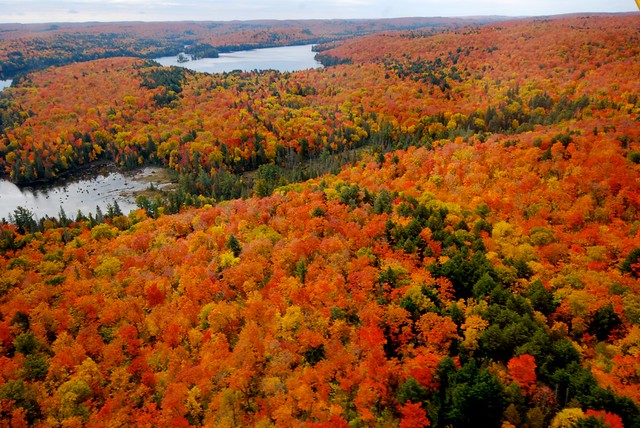
Then perhaps the bird will catch a rising column of warm air, a thermal, and that will send it even higher above the hardwood hills.
And then as the bird attains a height, it will leave the thermal and coast forwards, slowly lowering in elevation until it catches another one.
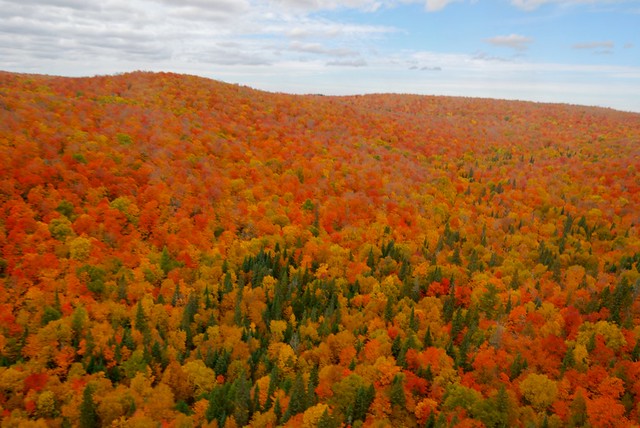

After hours of catching thermal after thermal and coasting for miles, the daylight begins to wane and the thermals disappear. The bird has to flap now to get anywhere, and that wastes energy, so it may settle to roost on a nearby cliff ledge.
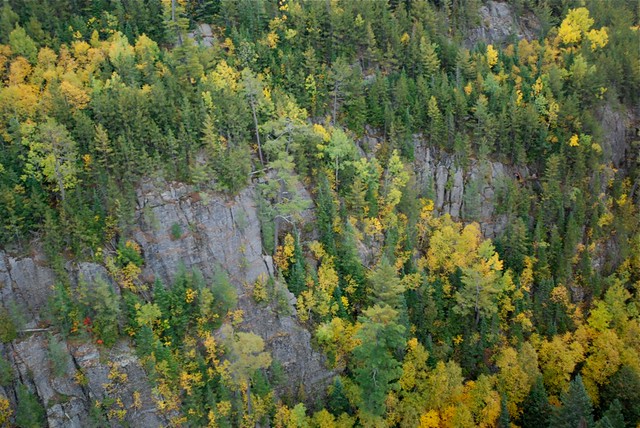
Certainly Algonquin is breathtaking from the sky. All these photos were taken by me from an airplane, but the altitude was very similar to that of the vulture and other migrant raptors, and they would be viewing Algonquin in much the same fashion.
I was telling Larissa once we finished our flight that these birds probably don't even notice the beautiful landscape, being exhausted from migration - and even if they did, their brains are too basic to be able to comprehend it.
But then again, perhaps every time we see migrant vultures, the birds are saying -
"Hey Carl, you think those people see how beautiful it is from down there?"
"Probably, but they're too busy from life to notice. And even then, their brains are probably too advanced to comprehend it"
"........yeah, you're right. Now I smell a fetid week-old old corpse in the ditch three miles from here with our names on it"

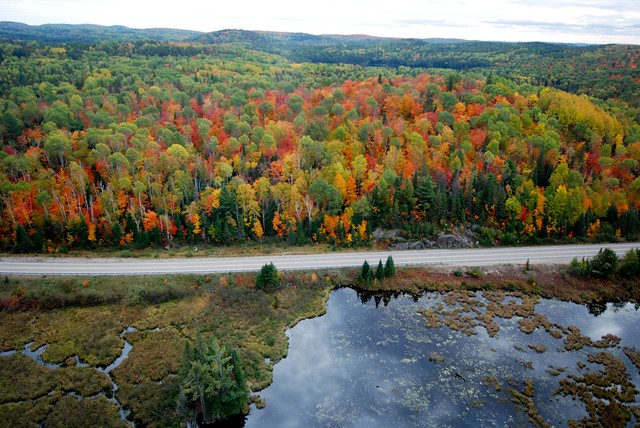
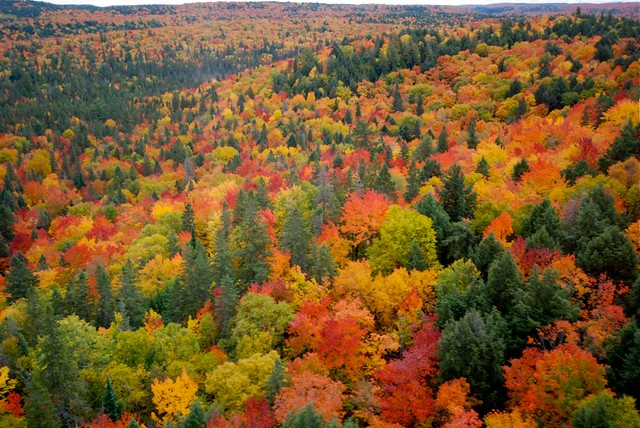
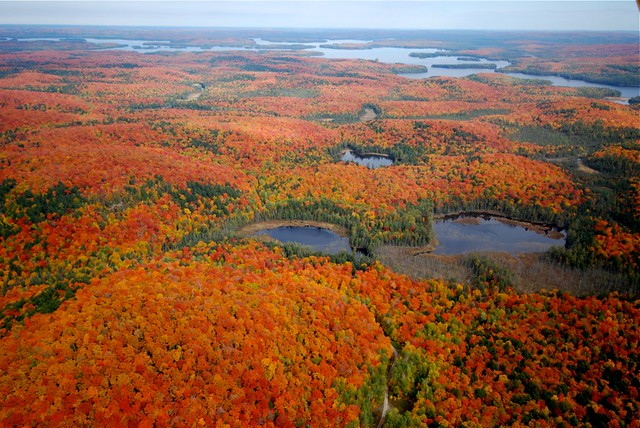
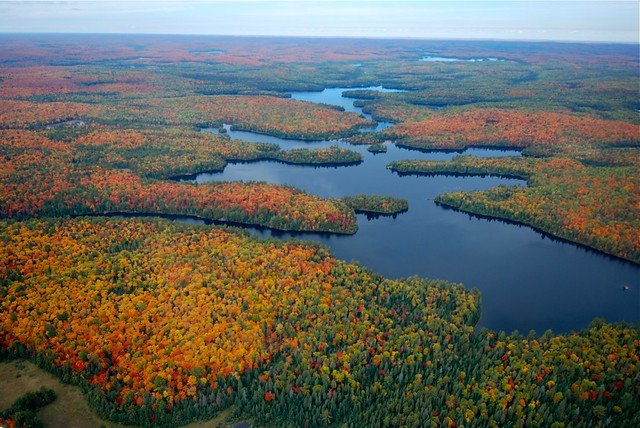
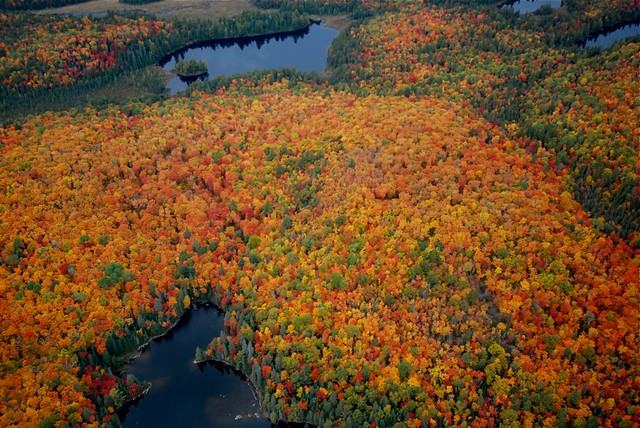

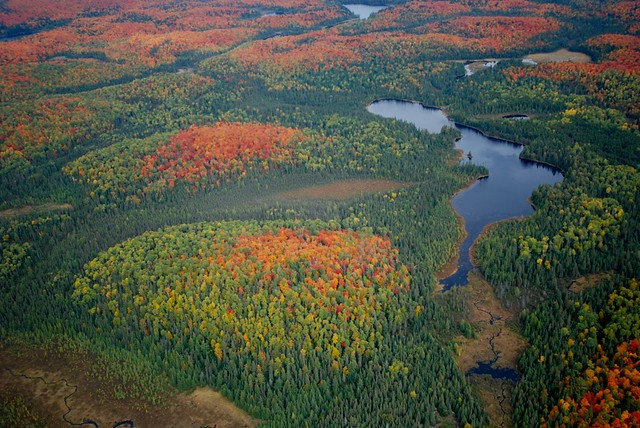
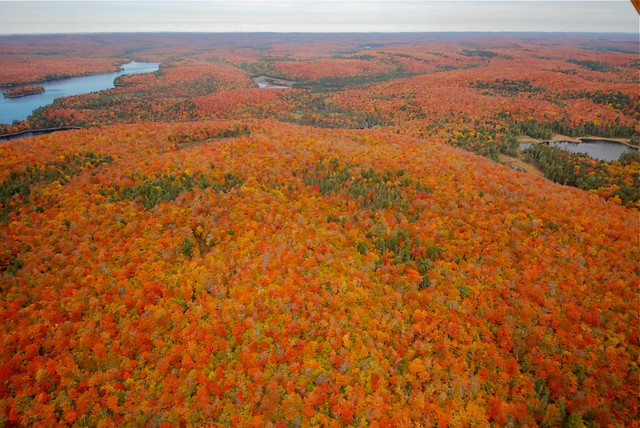
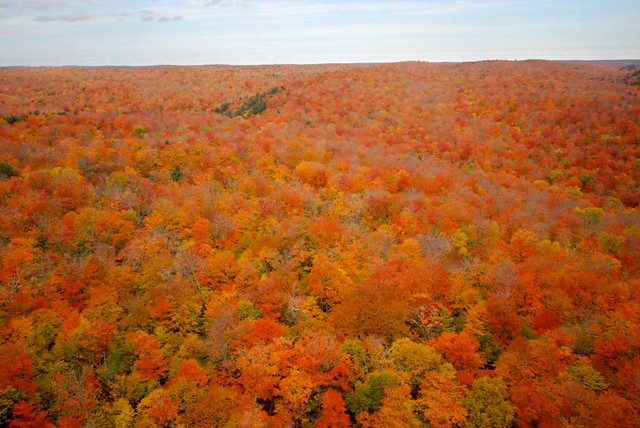
No comments:
Post a Comment